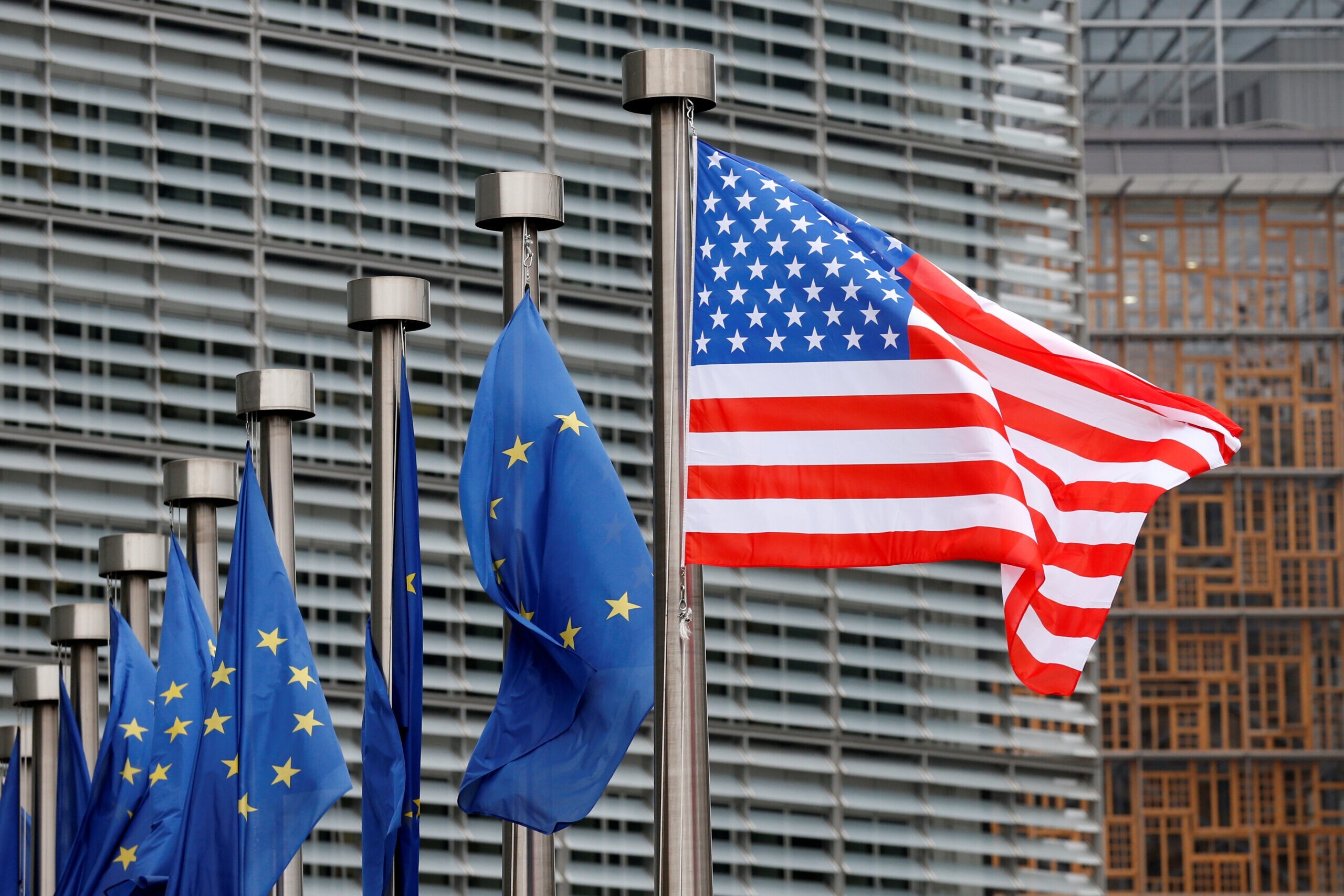您想继续阅读英文文章还
是切换到中文?
是切换到中文?

THINK ALUMINIUM THINK AL CIRCLE

The European Union is treading a tightrope of de-escalation and retaliation, extending its suspension of retaliatory tariffs on American goods until early August while at the same time drawing up a huge new list of countermeasures and seeking worldwide allies in reaction to new tariff threats from Washington.
 Image source: Atlantic Council
Image source: Atlantic Council
The transatlantic confrontation, initially sparked over aluminium and steel, now has the potential to expand into a much wider trade war, placing enormous stress on the worldwide aluminium supply chain.
Shots fired
The most recent flare-up was fuelled when US President Donald Trump sent a letter about a new 30 per cent tariff on everything the EU and Mexico export to the US, effective August 1. This follows the recent doubling of the Section 232 tariffs on aluminium and steel from 25 to 50 per cent, a decision that already is sending shockwaves in the metals market.
In a swift reaction, European Commission President Ursula von der Leyen Von der Leyen clarified that the bloc’s ‘anti-coercion instrument’, designed for crisis response, remains inactivated, stating, “The ACI is created for extraordinary situations. We are not there yet.” But she made it clear that Brussels will not back down.
Also read: European Aluminium voices deep concern about US tariffs on aluminium
French president Emmanuel Macron said, “It is more than ever up to the commission to assert the union’s determination to defend European interests resolutely. In particular, this implies accelerating the preparation of credible countermeasures by mobilising all the instruments at its disposal, including anti-coercion, if no agreement is reached by 1 August.” German Chancellor Merz stressed that a deal required “two things: unity in the European Union and good lines of communication with the American president.”
The EU has prepared a new, longer list of retaliatory duties on an estimated USD 84 billion worth of US imports on top of its current list of USD 24.5 billion of goods, in case the negotiations collapse. This would make the total cross USD 108 billion.
Aluminium at the centre of the row
The trade conflict originated in the Section 232 tariffs originally imposed in 2018 on the basis of national security. The US is an important market for European aluminium producers exporting high-value products destined for the automotive, aerospace, medical, electronics, and construction sectors. The high tariff makes their products uneconomical; embedded exemptions for scrap are disrupting established supply chains by diverting raw material to America instead, and overall American firms are losing market share.
On the other hand, the US users of aluminium, ranging from can makers to carmakers, are paying more under the tariffs, expressed in a consistently elevated surcharge over the international LME price to be delivered in the region.
EU widens alliances
Confronted with growing protectionism, the EU is proactively deepening its trade ties elsewhere. EU officials have confirmed a strategic drive to intensify relations with other economies affected by US trade policy, namely India, Canada, and Japan. The intention is to create a coalition of like-minded countries to protect the rules-based international trading system and coordinate responses to unilateral tariff actions.
As the deadline of August 1 draws near, the world's aluminium industry waits in anticipation. A negotiated settlement and future guarantees may bring back some stability into the transatlantic trade in metals, while an all-out tariff war has the potential to unleash massive market volatility, disrupt global supply chains, and bequeath massive costs on producers and consumers globally.
Also read: European Aluminium welcomes EU metals action plan but warns time is running out
Responses








